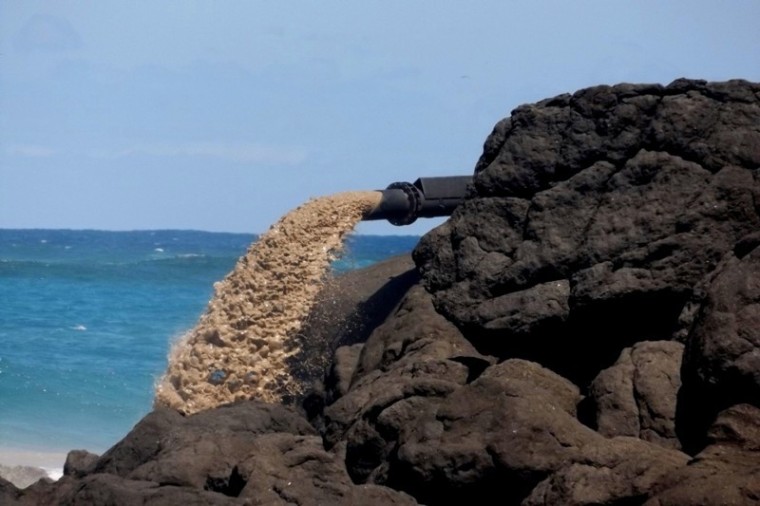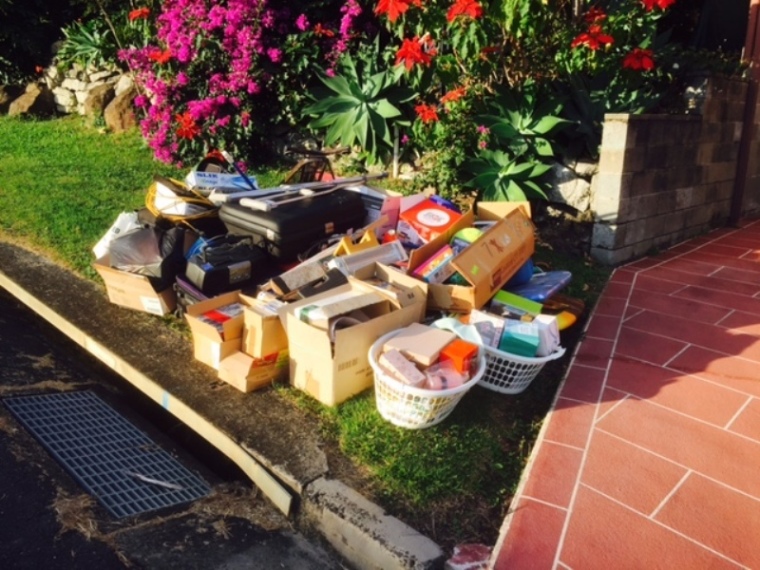
Bacteria and other micro-organisms are everywhere in our world. They are so tiny, and since most of them are "good guys", we usually don't notice them. Even scientists have no hope if identifying them all, although with recent techniques they are finding more and more different types in our environment, and even in our bodies - as mentioned in a previous article of mine.
Three examples of how these little tiny creatures, previously unknown to us, may be used to help supply environmentally-friendly energy are described in this article.
Photosynthetic bacteria may become useful
Researchers from Denmark were surprised to find bacteria that use sunlight for energy, hidden in lakes in the remote Gobi Desert. Now they know how to look for them, they have found many more of these extra-ordinary micro-organisms hiding in some very ordinary places such as our modern water-treatment plants, freshwater lakes and soils.
Of course, "necessity is the mother of invention", and the current concern with the pollution caused by our traditional energy-generating systems, coupled with the increasing demand by humans for energy, have provided more incentives to find organisms that use sunlight directly; and this has inspired scientists to use new methodologies to search for them.
Finding and identifying these little critters is the first baby step in being able to use them in future to help generate useful energy.
Photosynthesis is a complex biological process that converts sunlight into stored energy (such as sugars) that the organisms (plants, algae or bacteria) can use later as an energy source. It is difficult to use this process directly from the currently known biological systems or even to mimic it in the lab, though there is a huge amount of ongoing research trying to find something that works.
The interesting development shown by this discovery is that genes that control photosynthesis are all bunched together in a cluster in this particular bacterium. It is therefore easy for the scientists to see them, study them, and perhaps insert them into other more common "good bugs" in order to produce biofuel in a sustainable way. (Science Daily)

Water purification using bacteria in a working fuel cell
In Norway, not far from those Danish scientists, researchers specialising in bioprocesses (using living organisms in industrial processes) have teamed with some electrochemists to make an environmentally-friendly way to purify waste water.
Some bacteria use the impurities in the waste water to produce energy for themselves, and this always produces charged particles called ions and electrons, which are the basis of electric currents. But before you can use this electricity, you need to force the negative electrons to go around through a wire through a useful circuit, rather than staying in solution and being neutralised. This is the basis of fuel cells.
But before they could make this work, the scientists needed to get together, with their different areas of expertise, to find a bacterium species that could be coupled with a metal electrode or wire, so the electrons could be easily transferred.
Now they have a little pilot-scale fuel cell in the lab. The added advantage is that, as the bacteria chomp on the pollutants to make their energy, they degrade these pollutants to harmless substances so that the water is also purified during the process. (Science Daily)
Meanwhile, back in the Yarra River you can see "electric" bacteria
Australian scientists have also got "in on the act" of looking for unusual micro-organisms. They were surprised to find a high density of a type of "electric bacteria" in the sediment of the Yarra River in Melbourne; so many are there that a patch of river mud the size of a footprint would power a small LED light.
These bacteria form cables, up to about 3 cm long, that you can see them with your naked eyes, if you know that you are looking for translucent fine "hairs" in the mud. The individual bacterial cells join together in these long wires, and form an insulating layer around themselves (more-or-less like our nerve cells, with the insulating myelin layer).
One end of this bacterial "wire" is buried in the mud where there is no oxygen, and the little bugs have enzymes to break up the hydrogen sulfide (rotten egg gas) from the decaying material in the river and move the electrons thus formed through the wire of their own cells to the oxygen at the surface, where the reaction takes place to produce their own energy. This is a similar reaction to the way our bodies "burn" oxygen and sugars to produce energy.
The bacterial "wires" are, in effect, conductors of electricity like the copper wires in your house.
Because they are using up the nutrients in the sediment, and transferring energy and material between the sediment and the surface, these previously unknown bugs are an integral and important part of the nutrient cycle – including the degradation of pollutants - in the Yarra River (and other places in th world where they have been found). (SMH - Scientists find electric bacteria in the Yarra)
We can only wonder at the variety and complexity of the world. As we are privileged to understand more and more of the natural systems, we can hopefully use the knowledge to benefit all of society.
Psalm chapter 104 verse 24 tells us: "How many are your works, LORD! In wisdom you made them all; the earth is full of your creatures."


Dr Mark Tronson - a 4 min video
Chairman – Well-Being Australia
Baptist Minister 45 years
- 1984 - Australian cricket team chaplain 17 years (Ret)
- 2001 - Life After Cricket (18 years Ret)
- 2009 - Olympic Ministry Medal – presented by Carl Lewis
- 2019 - The Gutenberg - (ARPA Christian Media premier award)
Gutenberg video - 2min 14sec
Married to Delma for 45 years with 4 children and 6 grand children